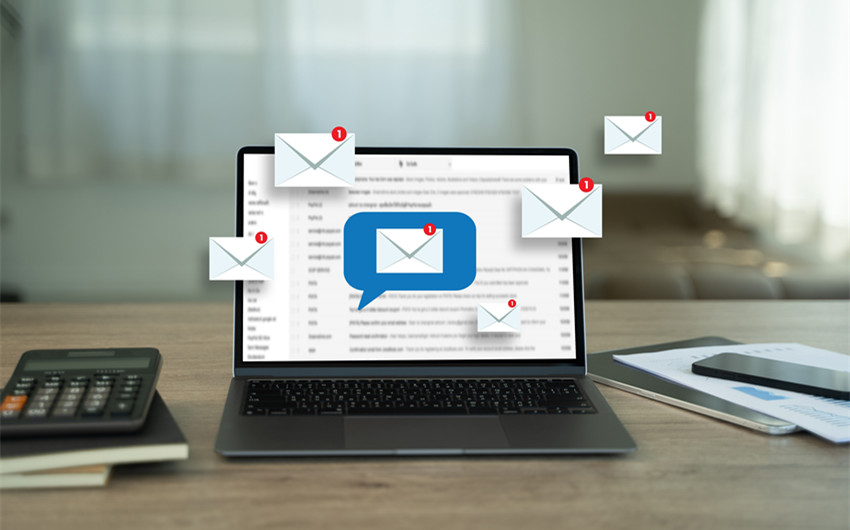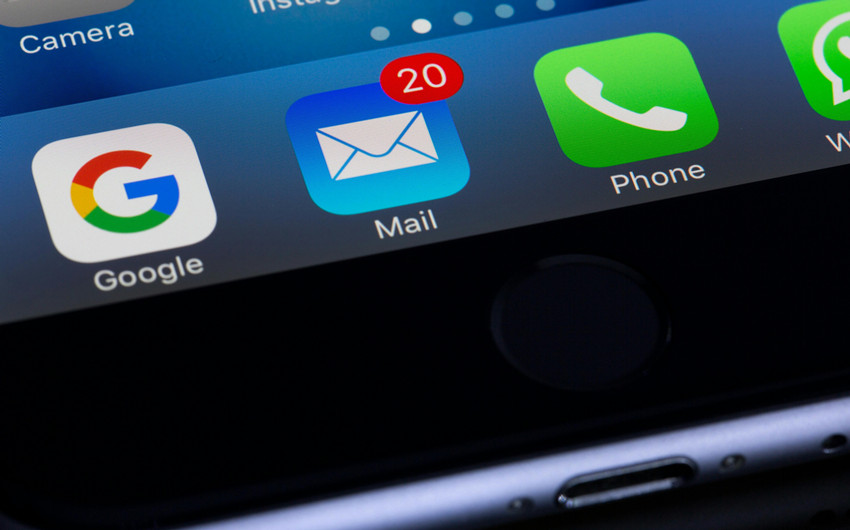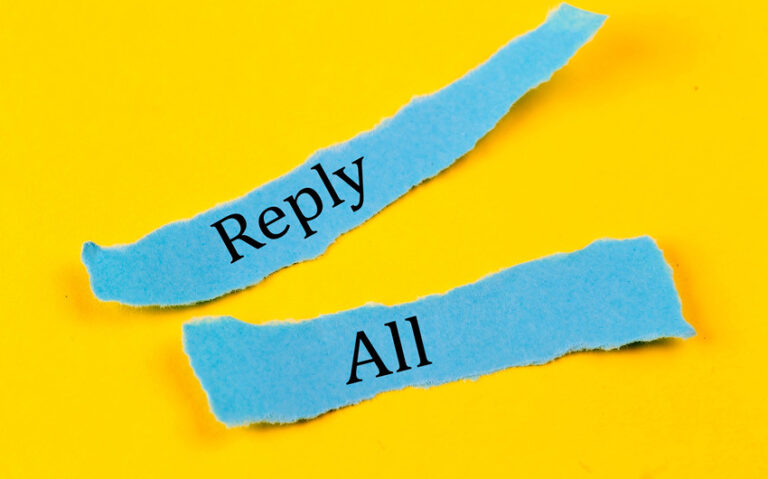6 Great Examples of an Effective Out of Office Message
Taking time away from work is important—but what about all those emails that keep rolling in while you’re gone? That’s where a clear, thoughtful out-of-office message comes in. Whether you’re heading out for a vacation, recovering from an illness, or just unplugging for a bit, setting the right tone while keeping people informed makes a big difference.
The best messages are simple, helpful, and fit your personality or workplace style. In this article, you’ll find tips, examples, and inspiration to help you craft the perfect automatic reply that keeps things smooth while you’re offline.
What to Include in an Out of Office Message
A great out of office message is more than just a “BRB.” It’s your way of keeping things professional, setting clear expectations, and pointing people in the right direction while you’re away. Whether you’re writing something formal or casual, there are a few key elements you should always include:
1. The Dates You’ll Be Away
Start with the basics: let people know exactly when you’re gone and when they can expect you back. For example:
“I will be out of the office from April 5 to April 12 and will return on Monday, April 15.”
This helps the sender know when to expect a reply—or if they need to find someone else in the meantime.
2. Whether or Not You’ll Be Checking Email
Be honest here. If you’re truly unplugging, say so. If you plan to check email occasionally, you can mention that too—but be careful not to set unrealistic expectations.
Examples:
- “I will not be checking emails during this time.”
- “I’ll have limited access to email and may be slow to respond.”
3. A Backup Contact (If Applicable)
If there’s someone covering for you or who can help in your absence, include their name, role, and contact info. This is especially important for client-facing roles or time-sensitive matters.
Example:
“For urgent matters, please contact Alex Rivera at alex@company.com.”
4. Your Return Date or Response Timeline
Give people a clear sense of when you’ll be back on email and when they might hear from you. It prevents confusion and avoids unnecessary follow-ups.
Example:
“I’ll respond to all messages when I return on April 15.”
5. Optional: A Personal or Branded Touch
If it suits your role or company culture, don’t be afraid to add a little personality or warmth. A friendly tone, short thank-you, or even a light joke (if appropriate) can make your message feel more human.
Example:
“Taking a much-needed break and swapping my inbox for the beach. Thanks for your patience—I’ll be back soon!”
Out of Office Message Examples for Different Scenarios
There’s no one-size-fits-all when it comes to crafting your out of office message. The best message depends on your tone, your audience, and the reason you’re away. Below are examples for different situations—whether you need something formal, casual, creative, or super short and sweet.
1. Professional and Formal Tone
Perfect for clients, customers, or corporate contacts when you want to maintain a polished, businesslike impression.
Example:
Thank you for your email. I am currently out of the office from April 10 to April 17 and will not be checking email during this time. I will respond to your message as soon as possible upon my return.
For urgent matters, please contact Jordan Lin at jordan.lin@company.com.
Thank you for your understanding.
2. Casual or Friendly Tone
Ideal for internal teams, coworkers, or colleagues in a more relaxed office culture.
Example:
Hey there! I’m currently away from my desk and soaking up a little time offline from March 25 to March 31.
I won’t be checking emails, but I’ll catch up with you as soon as I’m back on April 1.
If you need something in the meantime, feel free to reach out to Sam at sam@company.com. Thanks!
3. Funny and Creative Examples
Use with caution—these are best when your workplace allows for humor and personality in communication.
Example:
I’m currently out of the office and likely drinking coffee somewhere far away from my inbox.
If it’s urgent, send a carrier pigeon—or for a faster response, contact Jamie at jamie@company.com.
Back in action on May 2. Talk soon!
4. Short and Simple Auto-Replies
Great when you just want to keep it basic and to the point.
Example:
I’m out of the office until June 5 and will reply as soon as I return.
Thanks for your patience!
5. Long-Term Leave or Extended Absence
Best for maternity/paternity leave, sabbaticals, or medical leave.
Example:
Thank you for your message. I am currently on parental leave and will be away from work until October 15.
During this time, I will not be checking emails.
For assistance, please contact my colleague Ryan at ryan.w@company.com.
I appreciate your understanding and look forward to reconnecting later this year.
6. Emergency or Sick Day Messages
Useful when you’re unexpectedly unavailable for a short period.
Example:
Hi there—I’m currently out sick and unable to respond to emails at the moment.
If something urgent comes up, please reach out to my teammate Kelly at kelly@company.com.
Thanks for your patience, and I’ll be in touch as soon as I’m back.
Tips for Writing a Great Out of Office Message
Whether you’re stepping away for a vacation, a family emergency, or just a well-earned long weekend, a well-written out of office message helps maintain communication, set expectations, and show that you’re still on top of things—even when you’re not online. Here are some essential tips to help you write a message that’s clear, professional, and tailored to your needs:
1. Match the Tone to Your Audience
Consider who will be receiving your message. Is it mostly colleagues, clients, vendors, or a mix? If you work in a formal environment or deal with external clients, keep your message polite and professional. If it’s mostly internal team members or a more relaxed culture, a casual tone with a touch of humor or personality may be appropriate.
2. Keep It Clear and Concise
Your message doesn’t need to be long to be effective. Stick to the essentials: the dates you’re away, whether you’ll be checking email, and who to contact in your absence. Avoid overexplaining or including unnecessary details. The goal is to give the reader everything they need quickly and clearly.
3. Avoid Oversharing Personal Information
It’s perfectly fine to say you’re on vacation, taking personal leave, or out sick—but you don’t need to go into detail. For example, you don’t need to say, “I’m attending a wedding in Italy” or “I’m getting a root canal.” Keep things professional and relevant to the context of your absence.
4. Set Realistic Expectations
Be honest about your availability. If you won’t be checking your inbox at all, say so. If you plan to check periodically, you can note that, but avoid promising quick replies unless you know you can deliver. It’s better to underpromise and overdeliver than the other way around.
5. Always Include a Backup Contact (If Possible)
If there’s someone covering for you or a team contact available, include their name and contact info. This is especially important in roles where projects or issues can’t wait until you return. Bonus: it shows you’re responsible and organized.
6. Double-Check Your Spelling, Grammar, and Dates
Before you hit “save” or “activate,” proofread your message. Make sure dates are correct, names are spelled right, and everything is polished. A sloppy auto-reply can reflect poorly on your professionalism—especially if it’s the first impression someone gets of you.



